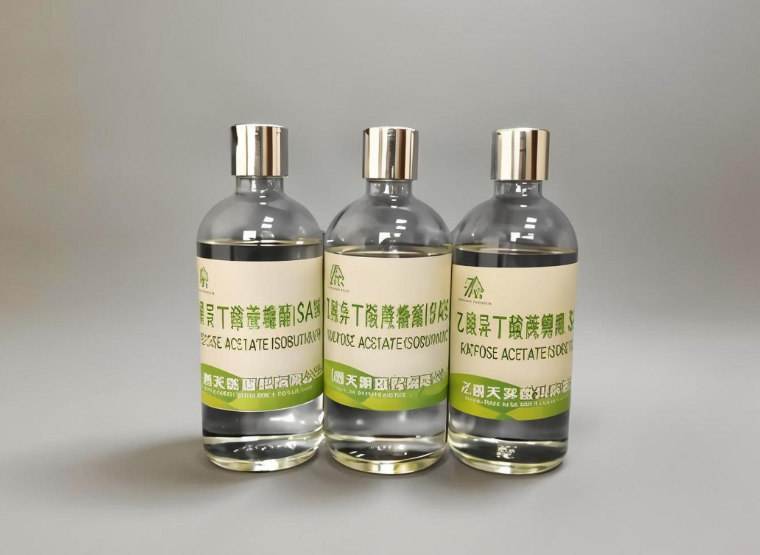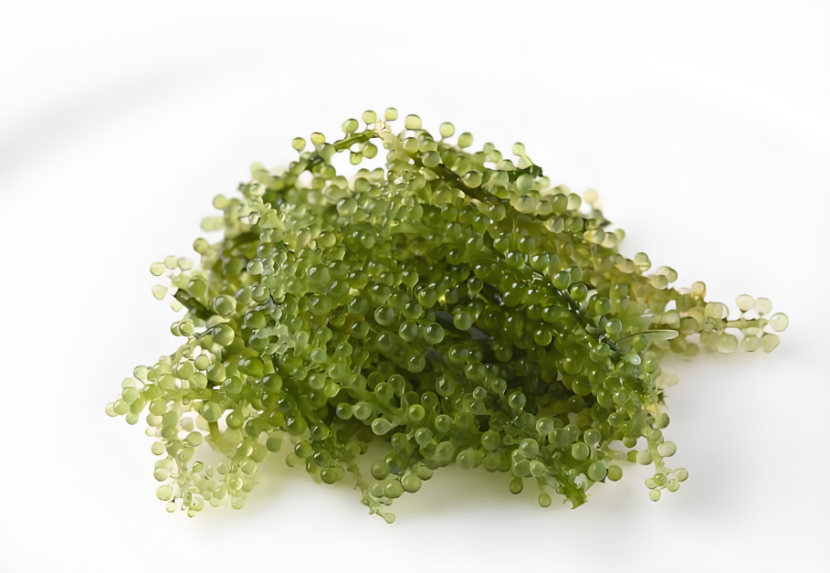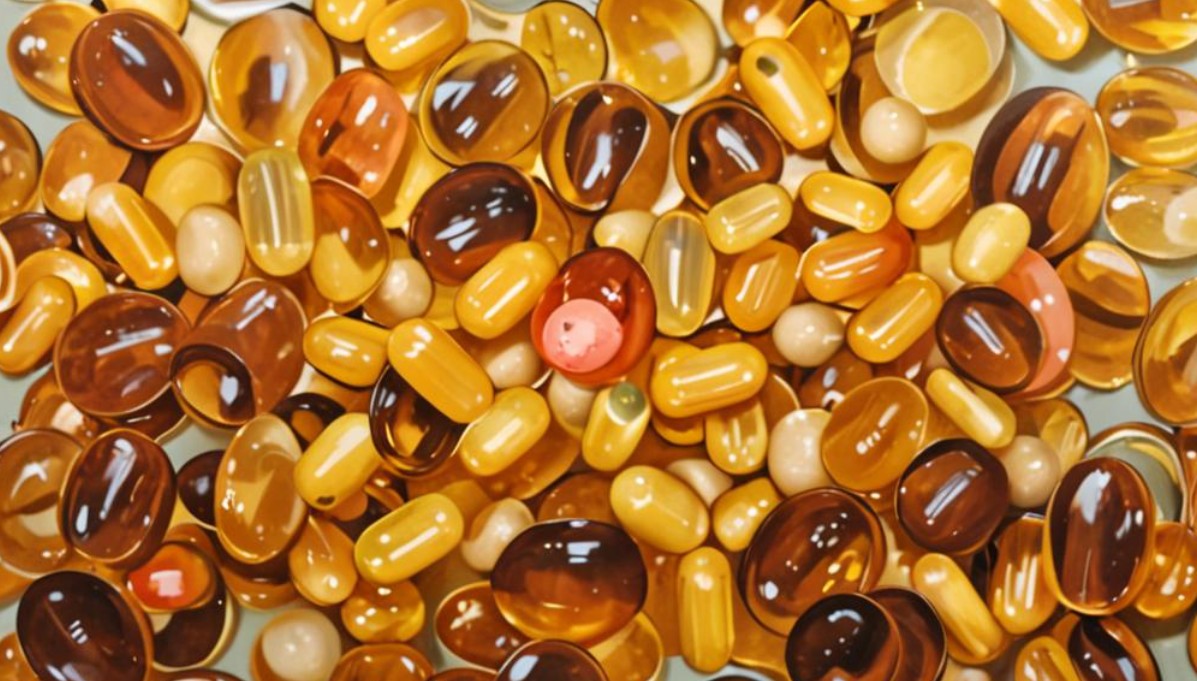0102030405
Mannose & Mannitol
2025-03-21
-
Freeze-drying, referred to as freeze-drying, is a drying method that pre-freezes the drug solution that needs to be dried into a solid and then directly sublimates the water from the frozen state without going through the liquid state under low temperature and low pressure conditions. Because the entire operation process is in a low temperature state, this method is especially suitable for the preparation of heat-sensitive protein drug preparations. The freeze-dried protein drug was loose like cake, which was not only conducive to preservation but also conducive to the renatability of protein drug after redissolution. Obviously, freeze-drying technology provides an effective preparation method for protein pharmaceutical preparations with unstable physical and chemical properties. However, the freeze-drying process is a complex phase transition process, and there are many factors inducing protein denaturation in the process of freezing, freeze-thawing, drying and storage, so some protective agents are often used to stabilize the protein in the prescription. Sugar, the most commonly used excipient in freeze-dried products, the hydroxyl group in its structure can replace the hydrogen bond between protein and water to provide a stable effect, is a non-specific stabilizer of protein, and can play a certain protective role in the various stages of freeze-drying (such as freezing, freeze-thaw and sublimation drying, etc.). The protective effect of sugar is related to the type of protein and disaccharides, and disaccharides are the most studied and recognized most effective protective agents. Sucrose is a disaccharide composed of one molecule of glucose and one molecule of fructose, which is chemically stable and mostly has an amorphous structure, and plays a significant role in preventing the secondary structure change of proteins, and the extension and aggregation of proteins during lyophilization and storage. Compared with sucrose, trehalose has higher glass transition temperature, lower moisture induction, and less reducibility. These advantages indicate that trehalose may have a broader application prospect. Alcohols, such as mannitol, are commonly used as fillers that crystallize at slow freezing to provide a supporting structure for the active component and do not react with it.
 Mannose is a monosaccharide, soluble in water, slightly soluble in ethanol. Colorless or white crystalline powder. It plays an important role in human metabolism, especially in the glycosylation process of specific proteins. It is difficult for mannose to be absorbed by the human body, and it will be excreted by the human body soon after ingestion, mainly through kidney metabolism, and the overall metabolic cycle is about eight hours. Intake of mannose does not cause a rise in blood sugar, so it is a type of sugar that some people with diabetes can eat. In nature, mannose exists in a free state in some fruits, such as cranberries, apples, oranges, etc. In the human body, mannose is distributed in all tissues and blood, including the skin, organs and nerves. In these tissues, mannose is involved in the synthesis of glycoproteins that regulate the function of the autoimmune system. Previous clinical studies have shown that mannose can treat and prevent urinary tract infections, so some foreign health products with mannose as the main component are used to maintain urinary system health. Mannitol is a sugar alcohol, usually reduced from sugar (mannose), is an isomers of sorbitol, soluble in water, white crystalline powder, has a sweet taste similar to sucrose. Mannitol can be used not only as an excellent skeleton agent, but also as a lyophilized protein protector in some prescriptions. The protective effect of mannitol on protein is related to its concentration and morphological structure, and its concentration is sometimes related to crystal morphology. It is generally believed that amorphous mannitol has the function of stabilizing protein while crystallized mannitol loses its protective function. Mannitol concentrations of 1% or less prevent the aggregation of protein drugs through the formation of amorphous structures, but high concentrations of mannitol tend to crystallize and promote the aggregation of protein drugs. For most proteins, preservation at 4 ° C is only short-term (about 1 week) after re-suspension. For long-term storage, it is recommended to prepare diluents (which must contain carrier proteins, such as 0.1% BSA, 5%HSA, or 10% FBS) and then subpack frozen at -20℃ or -80℃. It is important to avoid repeated freezing and thawing, as each freezing and thawing will cause partial inactivation of the protein. Trehalose and mannitol are usually supplemented with 8% (mass by volume) as lyophilized protectants. Trehalose can obviously prevent the secondary structure change of protein and the stretching and aggregation of protein during lyophilization. Mannitol is also a widely used lyophilized protectant and filler that can reduce the accumulation of certain proteins after lyophilization. The filler can provide the appropriate structure for the freeze-dried cake, contribute to the proper shape of the freeze-dried cake block, and form the pore structure. Porosity is a prerequisite for the sublimation of frozen water, and larger pores can sublimate faster, so the primary drying time can be reduced. The addition of fillers enables a shorter primary drying (product temperature Tp?Tg' or Tc) time and can be used as a way to optimize the biopharmaceutical lyophilization process. Usually the ratio of stabilizer to filler should be at least 1:2 to provide the necessary crystallization of filler. The resulting lattice provides mechanical support for the components in their amorphous state. Above the Tg', the amorphous state formed by the preparation system is not rigid enough to support its own weight and will collapse onto the crystal network. Thanks to mechanical support, collapse can be prevented despite drying temperatures higher than Tg' (or even Tc). In formulations with protein concentrations <50 mg/mL, the addition of fillers is particularly important because Tg 'of the system is increased in formulations with higher protein concentrations. However, if the filler remains amorphous during the lyophilization process, protein stability may be affected due to potential crystallization during storage, so the crystallization of the filler is usually promoted by adding an annealing step.
Mannose is a monosaccharide, soluble in water, slightly soluble in ethanol. Colorless or white crystalline powder. It plays an important role in human metabolism, especially in the glycosylation process of specific proteins. It is difficult for mannose to be absorbed by the human body, and it will be excreted by the human body soon after ingestion, mainly through kidney metabolism, and the overall metabolic cycle is about eight hours. Intake of mannose does not cause a rise in blood sugar, so it is a type of sugar that some people with diabetes can eat. In nature, mannose exists in a free state in some fruits, such as cranberries, apples, oranges, etc. In the human body, mannose is distributed in all tissues and blood, including the skin, organs and nerves. In these tissues, mannose is involved in the synthesis of glycoproteins that regulate the function of the autoimmune system. Previous clinical studies have shown that mannose can treat and prevent urinary tract infections, so some foreign health products with mannose as the main component are used to maintain urinary system health. Mannitol is a sugar alcohol, usually reduced from sugar (mannose), is an isomers of sorbitol, soluble in water, white crystalline powder, has a sweet taste similar to sucrose. Mannitol can be used not only as an excellent skeleton agent, but also as a lyophilized protein protector in some prescriptions. The protective effect of mannitol on protein is related to its concentration and morphological structure, and its concentration is sometimes related to crystal morphology. It is generally believed that amorphous mannitol has the function of stabilizing protein while crystallized mannitol loses its protective function. Mannitol concentrations of 1% or less prevent the aggregation of protein drugs through the formation of amorphous structures, but high concentrations of mannitol tend to crystallize and promote the aggregation of protein drugs. For most proteins, preservation at 4 ° C is only short-term (about 1 week) after re-suspension. For long-term storage, it is recommended to prepare diluents (which must contain carrier proteins, such as 0.1% BSA, 5%HSA, or 10% FBS) and then subpack frozen at -20℃ or -80℃. It is important to avoid repeated freezing and thawing, as each freezing and thawing will cause partial inactivation of the protein. Trehalose and mannitol are usually supplemented with 8% (mass by volume) as lyophilized protectants. Trehalose can obviously prevent the secondary structure change of protein and the stretching and aggregation of protein during lyophilization. Mannitol is also a widely used lyophilized protectant and filler that can reduce the accumulation of certain proteins after lyophilization. The filler can provide the appropriate structure for the freeze-dried cake, contribute to the proper shape of the freeze-dried cake block, and form the pore structure. Porosity is a prerequisite for the sublimation of frozen water, and larger pores can sublimate faster, so the primary drying time can be reduced. The addition of fillers enables a shorter primary drying (product temperature Tp?Tg' or Tc) time and can be used as a way to optimize the biopharmaceutical lyophilization process. Usually the ratio of stabilizer to filler should be at least 1:2 to provide the necessary crystallization of filler. The resulting lattice provides mechanical support for the components in their amorphous state. Above the Tg', the amorphous state formed by the preparation system is not rigid enough to support its own weight and will collapse onto the crystal network. Thanks to mechanical support, collapse can be prevented despite drying temperatures higher than Tg' (or even Tc). In formulations with protein concentrations <50 mg/mL, the addition of fillers is particularly important because Tg 'of the system is increased in formulations with higher protein concentrations. However, if the filler remains amorphous during the lyophilization process, protein stability may be affected due to potential crystallization during storage, so the crystallization of the filler is usually promoted by adding an annealing step.










